Henrique Gomes & Jeremy Butterfield (Cambridge): “Geometrodynamics as Functionalism about Time”
A recent literature about a doctrine called ‘spacetime functionalism’ focuses on how the physics of matter and radiation contributes to determining, or perhaps even determines or explains, chrono-geometry. Thus spacetime functionalism is closely related to relational, and specifically Machian, approaches to chrono-geometry and dynamics; and to what has recently been called the ‘dynamical approach’ to chrono-geometry.
We are sympathetic to spacetime functionalism. We have elsewhere argued that in its best form, it says that a chrono-geometric concept (or concepts) is uniquely definable in terms of (and so reducible to) matter and radiation – and then proves a theorem to this effect. We also gave examples of such theorems from the older literature in foundations of chrono-geometry (before the recent label ‘functionalism’).
This paper argues that three projects in the physics literature give vivid and impressive illustrations of this kind of functionalist reduction, for time. That is: they each provide, within a theory about spatial geometry, a functionalist reduction of the temporal metric and time-evolution. And the reduction is summed up in a theorem that the temporal metric and-or the Hamiltonian governing time-evolution is, in an appropriate sense, unique.
These three projects are all ‘general-relativistic’. But they differ substantially in exactly what they assume, and in what they deduce. They are, in short:
(1): The recovery of geometrodynamics, i.e. general relativity’s usual Hamiltonian, from requirements on deformations of hypersurfaces in a Lorentzian spacetime. This is due to Hojman et al. (1976).
(2): The programme of Schuller, Duell et al. (2011, 2012, 2018). They deduce from assumptions about matter and radiation in a 4-dimensional manifold that is not initially assumed to have a Lorentzian metric, the existence of a generalized metric (in some cases a Lorentzian one) – and much information about how it relates to matter and radiation.
(3): The deduction of general relativity’s usual Hamiltonian in a framework without even a spacetime: that is, without initially assuming a 4-dimensional manifold, let alone one with a Lorentzian metric. This is due to Gomes and Shyam (2017).
We discuss these projects in order. We end by drawing a positive corollary of (3), for a recent programme in the foundations of classical gravity, viz. shape dynamics.


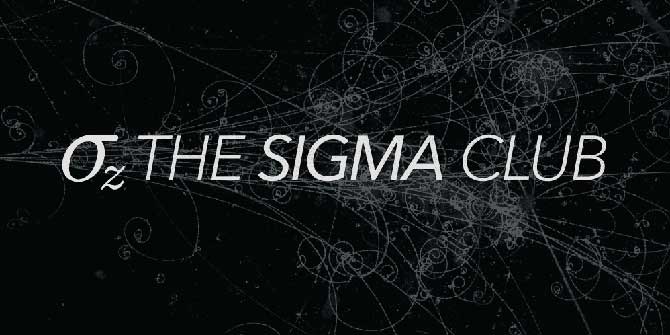

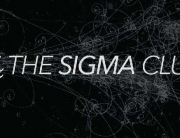


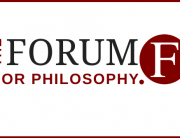








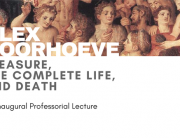
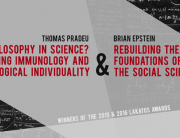
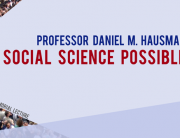
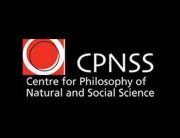



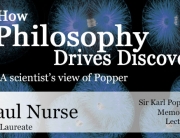
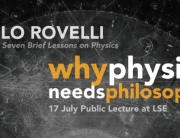
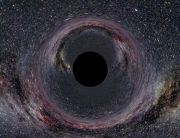

Connect with us
Facebook
Twitter
Youtube
Flickr